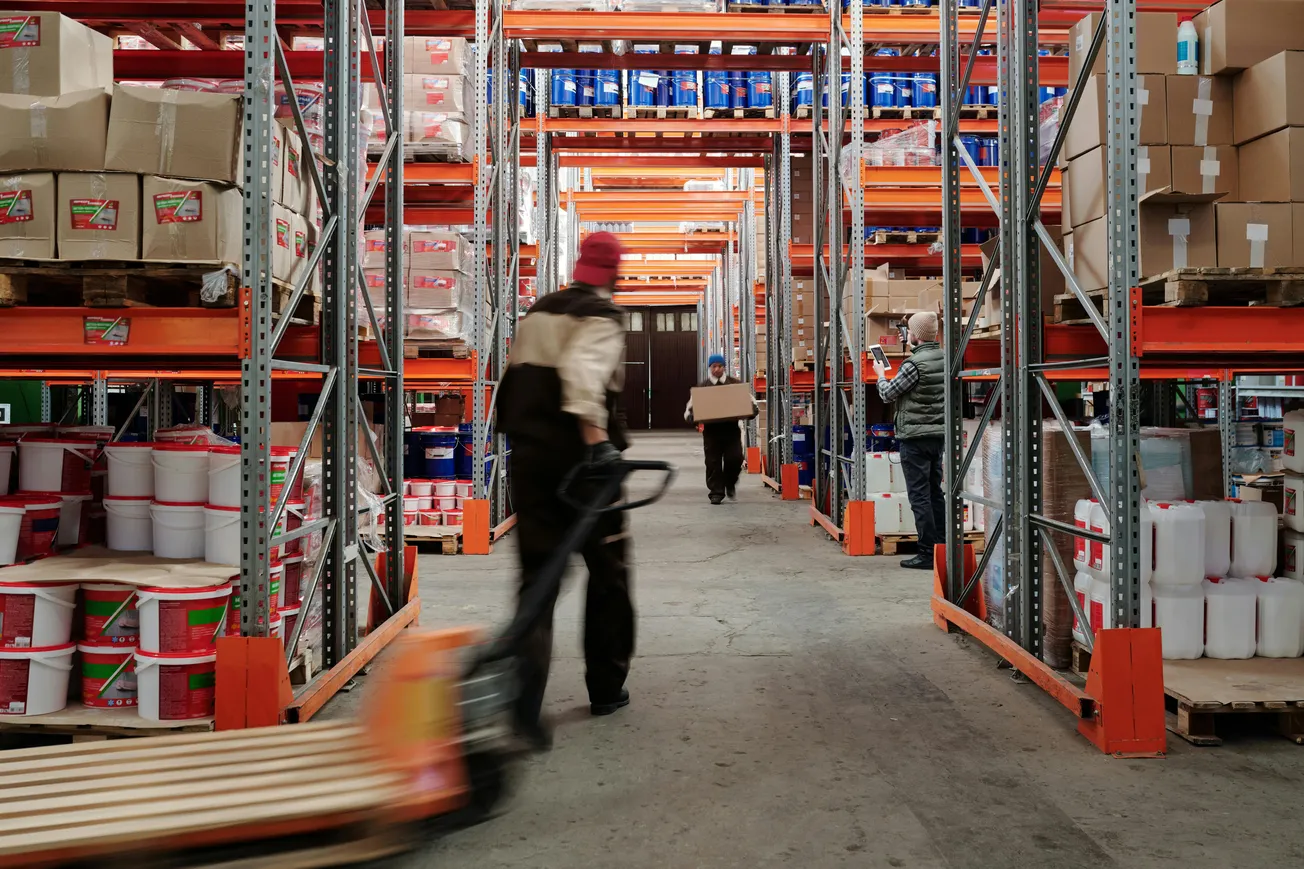Across physical retail, the emergence of computer vision — a subset of artificial intelligence enabling machines to “see,” interpret, and act on visual data — is moving from experiment to enterprise‑scale deployment.
For industry professionals in merchandising, operations, technology and supply‑chain, the implications are profound.
Key Business Impacts
Operational Efficiency & Inventory Accuracy
Retailers are using camera‑ and sensor‑based systems to monitor shelf levels, identify out‑of‑stock or mis‑placed items, and trigger replenishment in near real‑time. This drives higher availability, less lost revenue and lower waste.
Frictionless Customer Journeys
From cashierless stores to smart carts, computer vision is eliminating traditional checkout bottlenecks. Shoppers pick up items, walk out, and payment is automatically processed — reducing queues and improving satisfaction.
Personalisation & Merchandising Insight
Visual analytics lets retailers map customer behavior: where they linger, which displays attract attention, how they move through aisles. That insight enables targeted merchandising, dynamic layout optimisation and personalized in‑store messaging.
Loss Prevention & Security
Shrinkage remains a major cost in retail. Computer vision systems can detect unusual behaviour (e.g., product concealment, unusual exit patterns) and alert staff or security in real‑time, mitigating loss before it hits the ledger.
Considerations for Implementation
- Data and hardware readiness: Cameras, edge‑compute, AI models, and integration with POS/inventory systems must be in place.
- Change management: Staff roles shift (fewer checkout clerks, more customer‑experience staff); organisational alignment is key.
- Privacy and ethics: With visual monitoring comes scrutiny. Retailers must manage customer expectations and regulatory compliance around data use.
- Scalability: Pilot deployments need to evolve into enterprise‑wide programs to fully realise ROI.
Why Retailers Should Care
In the era of omnichannel retail, physical stores must compete not just on price and assortment but on speed, experience and intelligence.
Computer vision enables the store itself to become a dynamic, connected node: responding to demand, adapting layout, fulfilling omnichannel orders and improving margin.
For operations leaders, that means lower cost per transaction; for merchandising teams, it means richer behavioural insights; for tech/analytics functions, it means real‑time visual intelligence becomes part of the infrastructure.







